Alright, first thing’s first: We’re not here to tell you that juicing is a miracle cure that rids you of every problem. We won’t even talk about how it “detoxes” or “cleanses” because there’s no scientific evidence that says it does.
What we can get behind is that fresh squeezed flavor. Who doesn’t wish they could afford to sip on a bright and tangy $12 elixir every day?
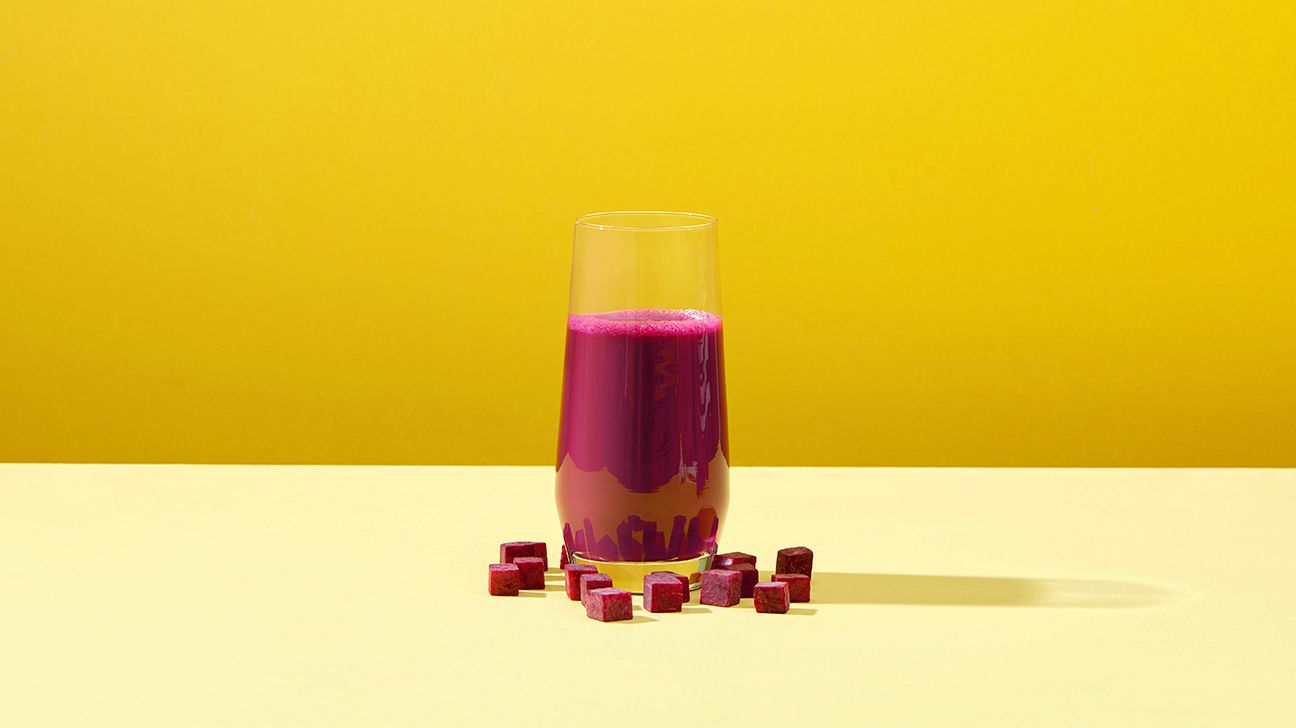
Well, lucky for you, we found recipes that make that wish come true — and for a lot less cash. We’re going to show you what ingredients to use, talk you through the health benefits, and show you how to make juice in a blender in lieu of a fancy juicer.
Stick around for our roundup of the healthiest DIY juice recipes.
1. Carrot juice
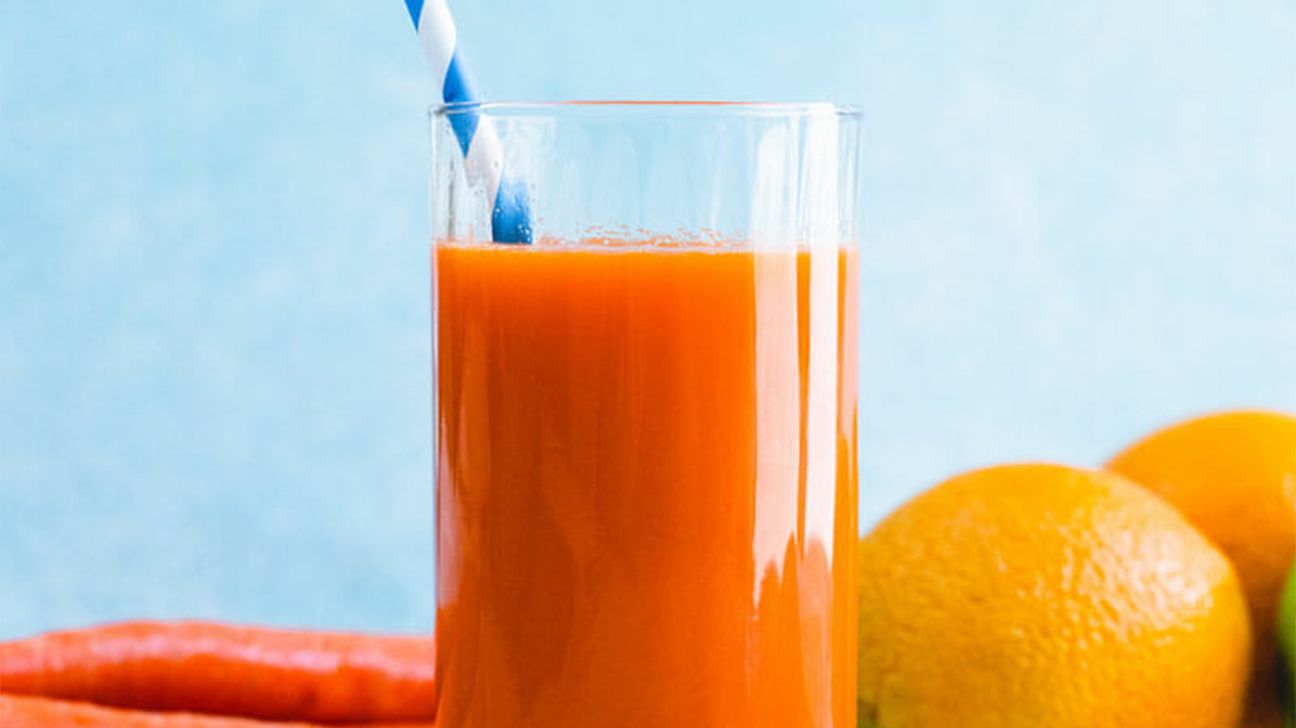
This carrot juice is our favorite. Here’s why: You can easily make this recipe in a blender (no juicer required) and it’s refreshing and sweet. The sweetness comes from the addition of apple and orange.
2. Watermelon juice
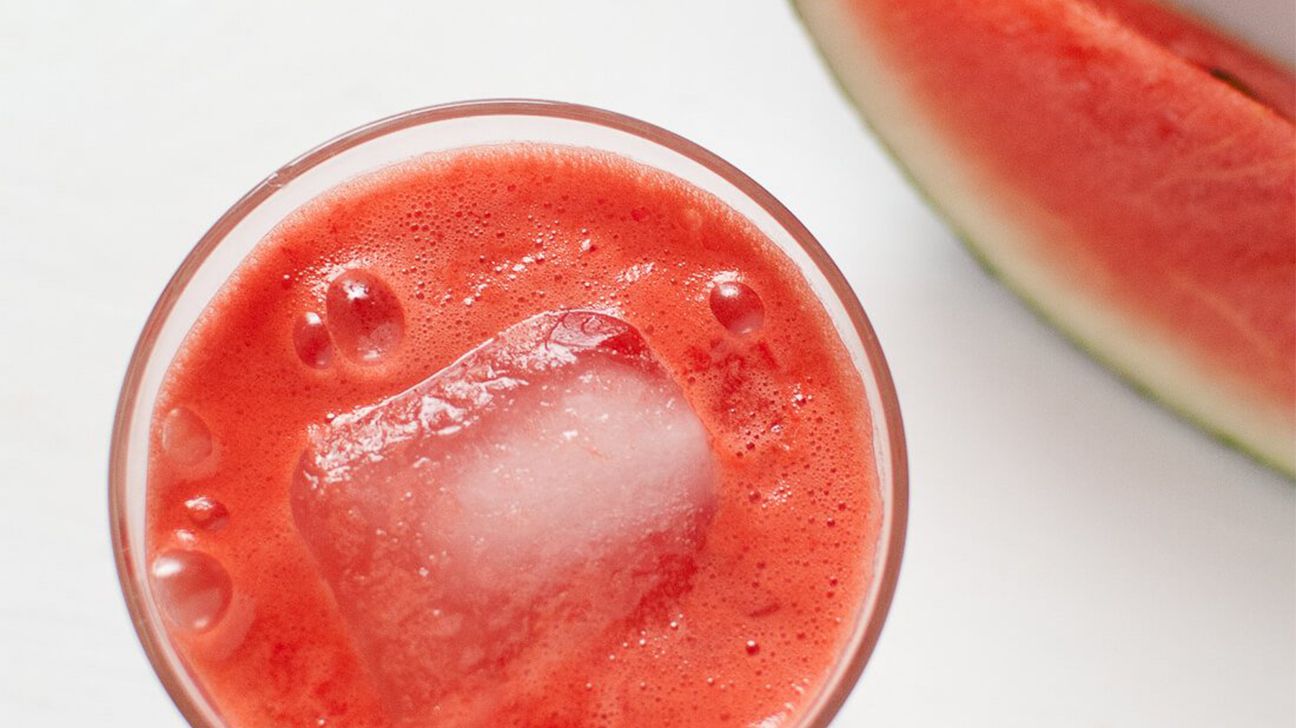
Think of this juice as your summer go-to. This naturally sweet watermelon juice is as refreshing as it is hydrating.
3. Celery ginger juice
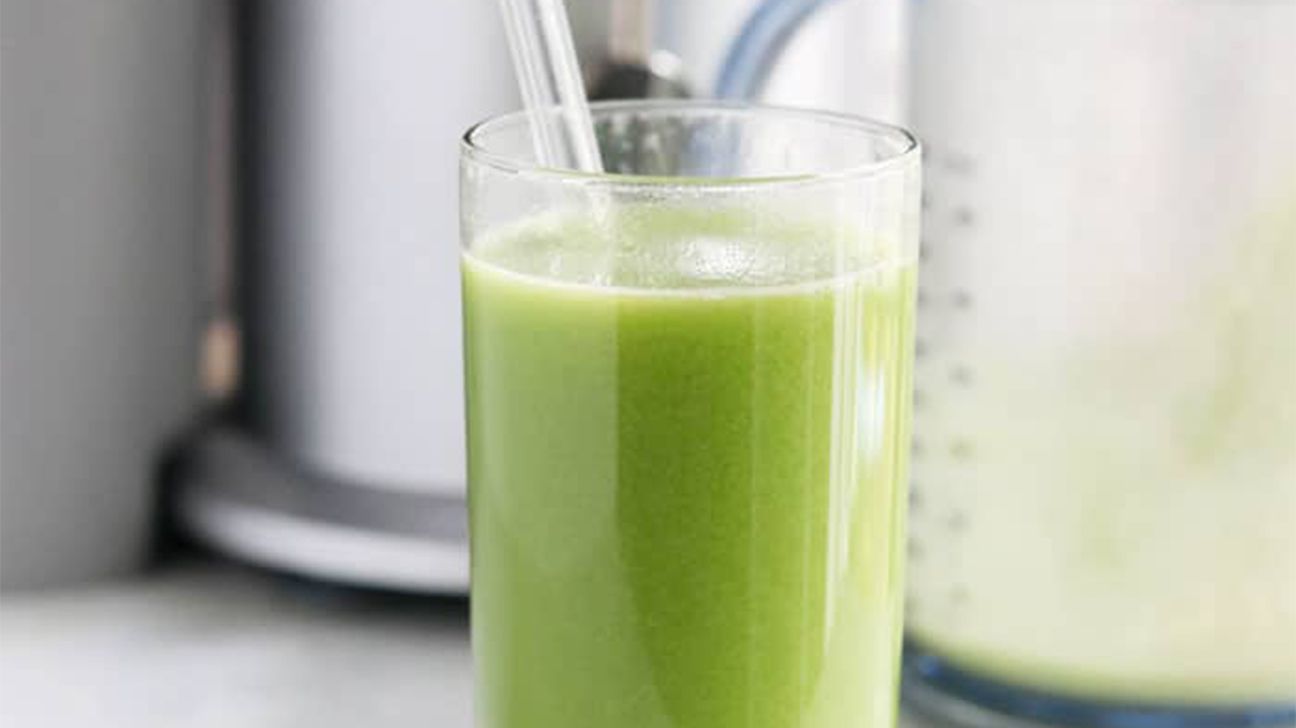
This antioxidant-packed juice (also made with cucumber, apple, and lemon) is a zingy way to start the day. Plus, both celery and ginger have anti-inflammation properties you could benefit from.
4. Easy green juice
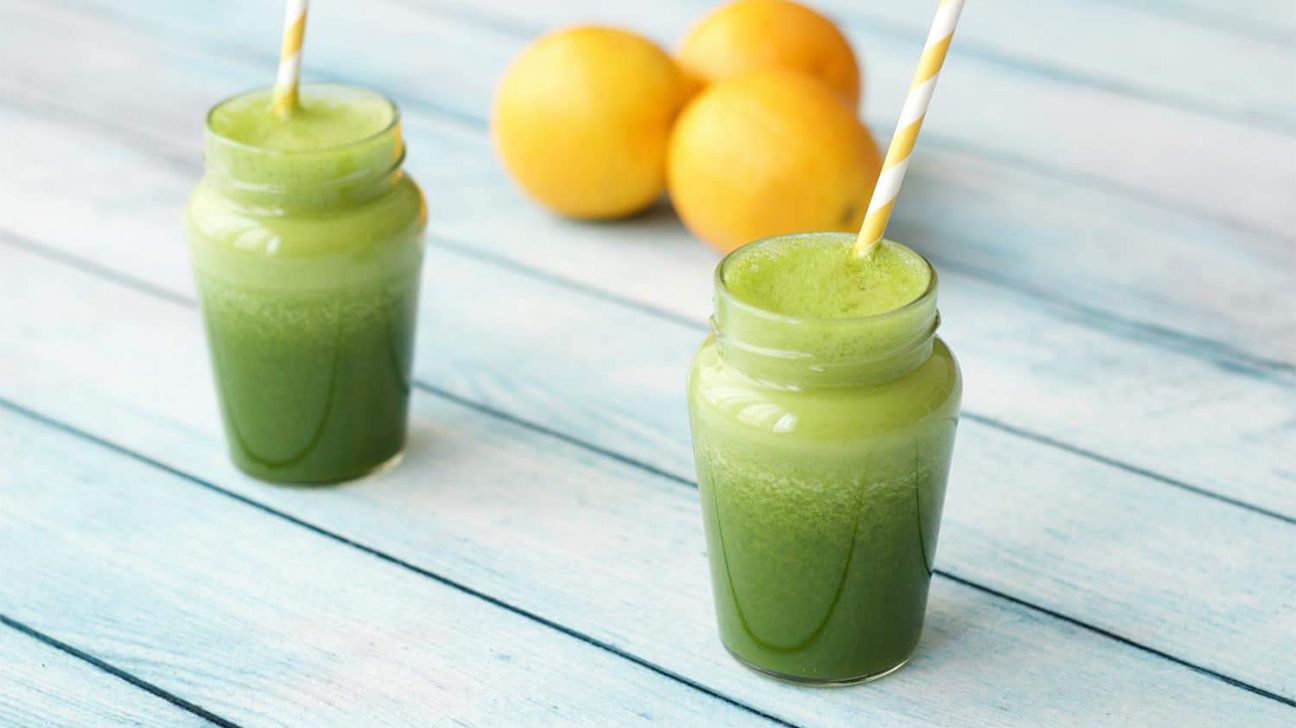
A good green juice never goes out of style. This nourishing, two-ingredient tonic makes a crisp complement to breakfast or any meal that needs a dose of freshness.
Note: Remember to factor in the time it takes to squeeze the oranges!
5. Apple beet juice
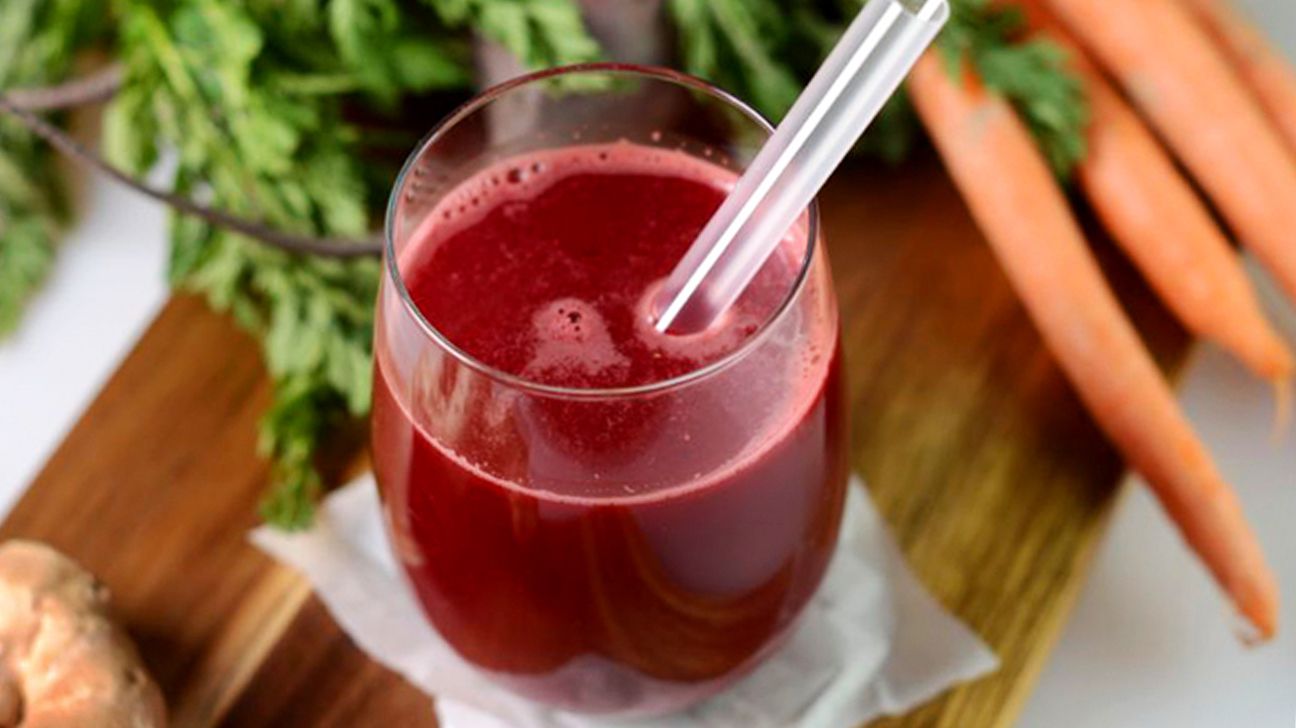
Beet juice may be one of the prettiest juice colors out there, but we also love it for what’s on the inside. This recipe contains some ginger for pep and apples for sweetness.
Other delicious combinations to DIY
- Carrot juice and ginger root for a sweet, spicy flavor.
- Fresh squeezed orange juice and carrots for crisp freshness.
- Kale and beets for a hybrid green drink.
- Beets and apples for a sweet, earthy taste.
The internet is full of promises about what certain nutrients can do for you. But one crucial piece of information that’s often left out is that you need to be consuming the fruit or veggie in question regularly and consistently to start seeing the benefits. And even then, everyone’s body will respond differently.
With that in mind, we rounded up some interesting research about what these star ingredients might be able to do for you when you add them to your daily routine.
- Carrot juice may curb cell damage and aging. A 2012 study showed drinking carrot juice every day for three weeks reduced oxidative stress — excess free radicals — in female breast cancer survivors.
- Orange juice may help your heart. One study showed drinking 20 fluid ounces of fresh squeezed orange juice over a 90-day period helped protect the participants’ cardiovascular system.
- Kale juice may lower cholesterol. In a 2008 study, drinking kale juice every day for 12 weeks was associated with a reduction in the bad kind of cholesterol and an increase in the good kind.
- Beetroot juice: One research review showed that beetroot juice has properties that may help ease inflammation and oxidative stress, while improving cognition and endothelial function.
Turning fruits and vegetables into juice doesn’t magically transform them into a something more beneficial. In fact, it might make them less nutritious. That’s because it eliminates most of the fiber, which is key for proper digestion and helping you feel full.
Research shows that the benefits of fruits can shrink when they’re juiced. Take this 2012 study, which concluded that juicing apples vs. eating them whole changes their nutrient and antioxidant composition and decreases their cholesterol-lowering effects.
Plus, some antioxidants are actually bound to plant fiber, so they get lost in the juicing process.
The health benefits of fiber
A 2012 research review showed that daily fiber intake is associated with reduced risks of cancer and chronic disease, improved gut health, and lowered cholesterol levels.
The American Heart Association recommends 25 grams of fiber a day. That’s equivalent to more than 5 whole apples!
So, wait up, does juicing provide any benefits at all?
You bet! A 2011 study showed that juicing is especially helpful for people who find it difficult to get enough nutrients in their daily diets — or just plain hate eating fruits and veggies whole — juicing can be an easy, enjoyable alternative.
Fruits and vegetables are not only packed with nutrients, vitamins, and minerals, but they contain antioxidants (think: Superhero free radical-fighting plant compounds). One 2013 study showed that drinking fresh juices adequately increases levels of these essential nutrients.
One 2006 study showed that consuming fruit and vegetable juice may also help protect against and delay the onset of Alzheimer’s disease. This may be due to the high amounts of antioxidants, specifically polyphenols.
To sum it up: If you have the choice between whole fruit and veggies or juice, choose whole foods. But juicing can still be a great way to supplement a balanced diet and get in your daily nutrients as needed.
No juicer? No problem.
Making juice in a blender is as easy as 1, 2, 3.
- Chop all of your produce before blending. A rough chop is fine. Don’t forget to peel fruits with tough outer skins, like citrus.
- Place your desired fruits and veggies in a blender with some water. Adjust the consistency by adding more water as needed to blend smoothly.
- Finally, run your blended juice through a cheesecloth or filtration bag. You can use a fine-mesh strainer too, but it may not be as perfectly smooth.
Juicing diets and cleanses are all over the place. But like with any diet, they aren’t recommended as a way to lose weight.
One reason is that it isn’t safe to completely eliminate fats from your diet —they’re extremely important for our health. For example, one research review showed your energy level and ability to focus could plummet without enough fats.
Plus, as we said earlier, juicing eliminates most of the fiber from fruits and veggies, which is what keeps you feeling full and your digestion working properly.
Remember, your body is a complex network of systems working 24 hours a day to keep you chugging along. And in order for those systems to keep working properly, they need a diversity of nutrients, carbohydrates, and calories.

